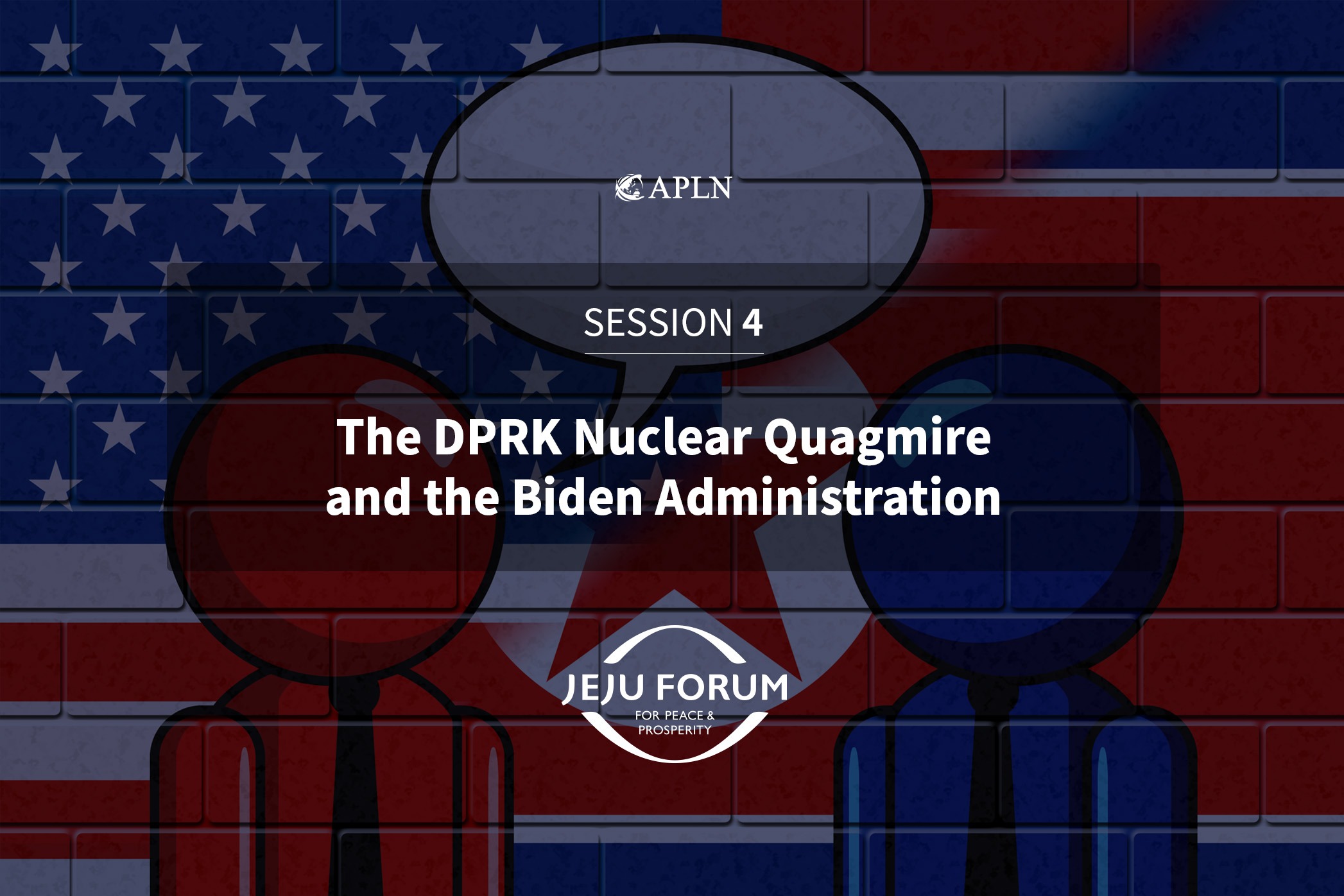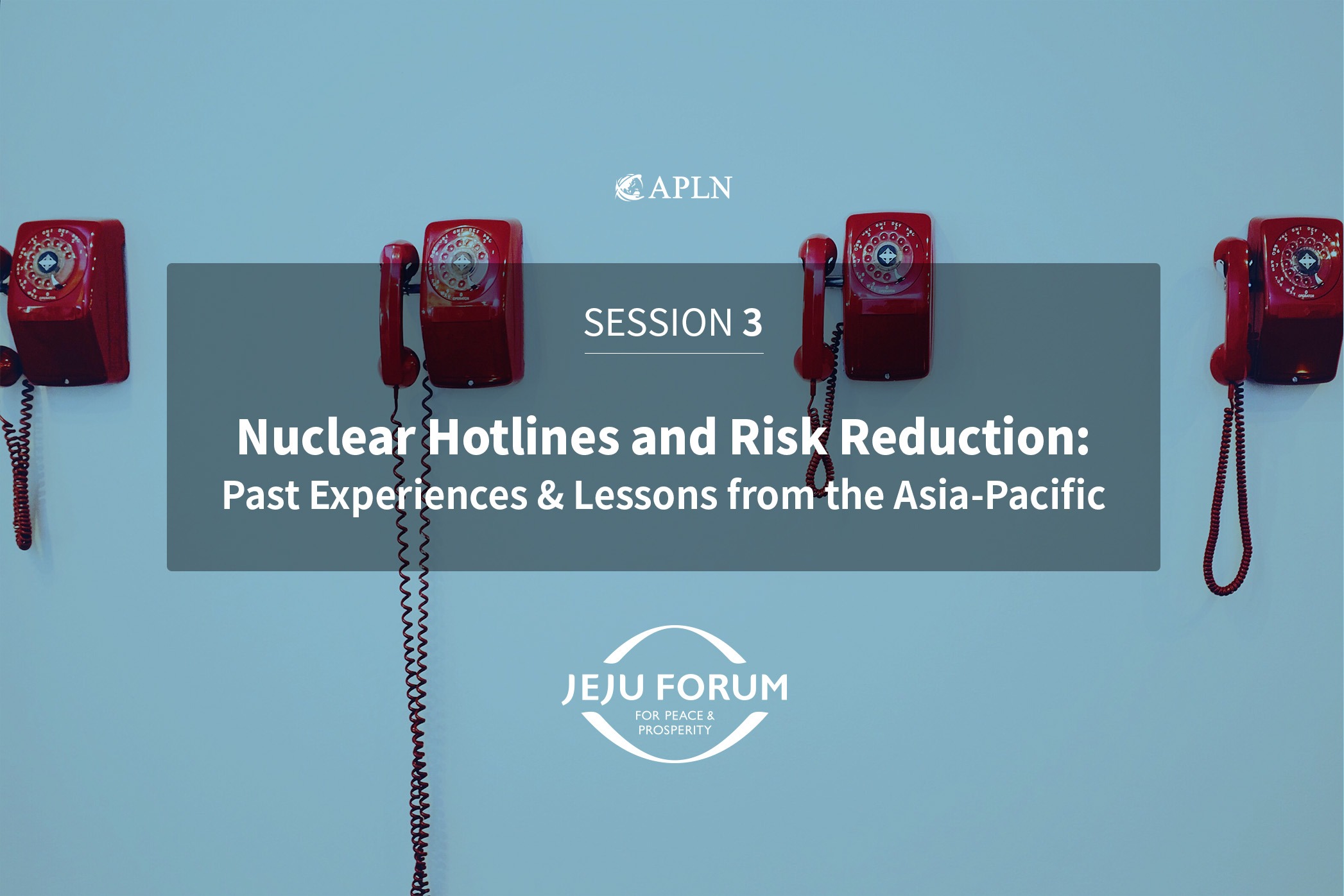[CTR Plus] Space Engagement and Cooperation with the DPRK
The DPRK Cooperation Threat Reduction (CTR+) initiative aims to address critical missing elements in the proposed denuclearization of North Korea.
Click on the links to the left-hand side to download the full report and presentation.
This special report by Dr. Namrata Goswami, “Space Engagement and Cooperation with the Democratic People’s Republic of Korea – Is it Feasible?” examines the DPRK’s existing space capabilities, explores how space cooperation can be operationalized and funded, and offers a scenario-based analysis of the DPRK’s space militarization escalation and its broader impact.
Dr. Goswami begins her report by examining the DPRK’s space program and capacities. She asserts that the DPRK’s space program is intertwined with its missile program. Its attempts at launching into Low Earth Orbit (LEO) have been viewed by the international community as dually functional towards long-range missile development. Although the DPRK has demonstrated capacity to launch satellites into orbit, its satellites have not yet been able to communicate with receiving stations back on Earth, which makes them of little use. Thus, the DPRK lacks access to basic satellite support services such as weather forecasting, climate monitoring, navigation, and communications. Despite this, the DPRK has announced intentions to launch a remote sensing satellite and send an unmanned mission to the moon. Regarding its military space capacity, the DPRK utilizes jamming technology that can block GPS signals. In 2016, ROK ambassador to the UN, Oh Joon, stated that electronic jamming signals coming from five North Korean regions targeted GPS signals and disrupted civilian flights. The DPRK has also been known to utilize GPS jamming to disrupt the annual U.S.-ROK military drills.
The report argues that there is an urgent need for an institutional framework under which an ROK-DPRK dialogue on the DPRK’s civilian and military space capabilities could occur. The main goal of such a framework would be to limit the consequences of the development of military space capacity while promoting cooperation in the civilian space sector. The DPRK would stand to benefit from cooperation on space capabilities given its need for satellite sensing and communication in the areas of agriculture, fisheries, flood and disaster management, weather, mining, etc. These are the key avenues for cooperation where the ROK would have a clear-cut list of benefits to offer the DPRK. Principles such as inclusiveness, joint ownership, empathy, and transparency should be an integral part of the dialogue on space cooperation. Importantly, it should be ensured that the strategic dialogue between the U.S., ROK, and DPRK is not dominated by the most powerful actor. The dialogue should be underpinned and motivated by a clear and shared vision for the future, which may include a unified Korea, economic development, denuclearization, and mitigating space militarization.
The report is concluded with a scenario in which dialogue between the U.S., ROK, and DPRK falls apart, inviting escalatory conditions on the Korean Peninsula. Verbal escalation leads to the DPRK testing a high-altitude direct ascent ASAT weapon, and upon receiving criticism from the U.S., the DPRK justifies the launch as a “scientific test mission.” Next, the DPRK leaves the Outer Space Treaty (OST) as it believes the U.S. is not allowing it to become a space faring nation. In response to a U.S. anti-DPRK regime propaganda broadcast from Voice of America via Starlink, the DPRK conducts a High-Altitude Nuclear Detonation to disrupt U.S. Starlink satellites. It then issues a follow-up threat to detonate an EMP over the U.S. via DPRK satellite in the event of further U.S. intervention.
The report warns that the absence of serious engagement with the DPRK might result in a “worst-case scenario” of this nature. This underlines the importance of institutional level strategic engagement with the DPRK on space, while keeping in mind the risks of intellectual property theft and replication of high-end space technology for military purposes.
At the first webinar of the CTR+ series, “Applying CTR to the Korean Peninsula,” Dr. Namrata Goswami delivered a presentation based on her paper. You can view the presentation here.
About the Author
Dr. Namrata Goswami is an independent scholar on international relations, space policy, and conflict resolution. She has been a MINERVA grantee, a grant awarded by the Office of the Secretary of Defense MINERVA Initiative, supporting her project on exploring great power attitudes towards resource nationalism, territoriality, and expansionism in the space domain. She regularly consults for the NATO Partnership for Peace Consortium ‘Emerging Security Challenges Working Group’ and has been a senior analyst and subject matter expert with Wikistrat and the Futures Lab. Dr Goswami served as a Jennings Randolph Senior Fellow at the Congressionally Funded United States Institute of Peace (USIP) in Washington, DC, where she explored long-term India-China-US scenarios. She spent nearly a decade at India’s premier defense think tank, the MP-Institute for Defence Studies and Analyses (IDSA), New Delhi. In 2012-2013, Dr Goswami was awarded the Fulbright-Nehru Senior Fellowship supporting her work on China-India border conflict scenarios. She also received the “Executive Leadership Certificate” sponsored by the Harvard Kennedy School of Government, the National Defense University, Washington, DC, and the Asia Pacific Center for Security Studies, Hawaii in 2013. She has been a visiting fellow at the Peace Research Institute, Oslo, Norway, the La Trobe University, Melbourne, Australia and the University of Heidelberg, Germany. Her co-authored book titled, “Scramble for the Skies: The Great Power Competition to Control the Resources of Outer Space,” was published in October 2020 by Lexington Press, Roman and Littlfield.
Disclaimer: The opinions articulated above represent the views of the author(s) and do not necessarily reflect the position of the Asia Pacific Leadership Network or any of its members.

![[CTR Plus] Space Engagement and Cooperation with the DPRK](https://cms.apln.network/wp-content/uploads/2021/10/KakaoTalk_Photo_2021-10-18-19-58-53.jpeg)
![[Webinar 1] Applying CTR to the Korean Peninsula](https://cms.apln.network/wp-content/uploads/2021/09/Waiting-Screen-W1.jpeg)

